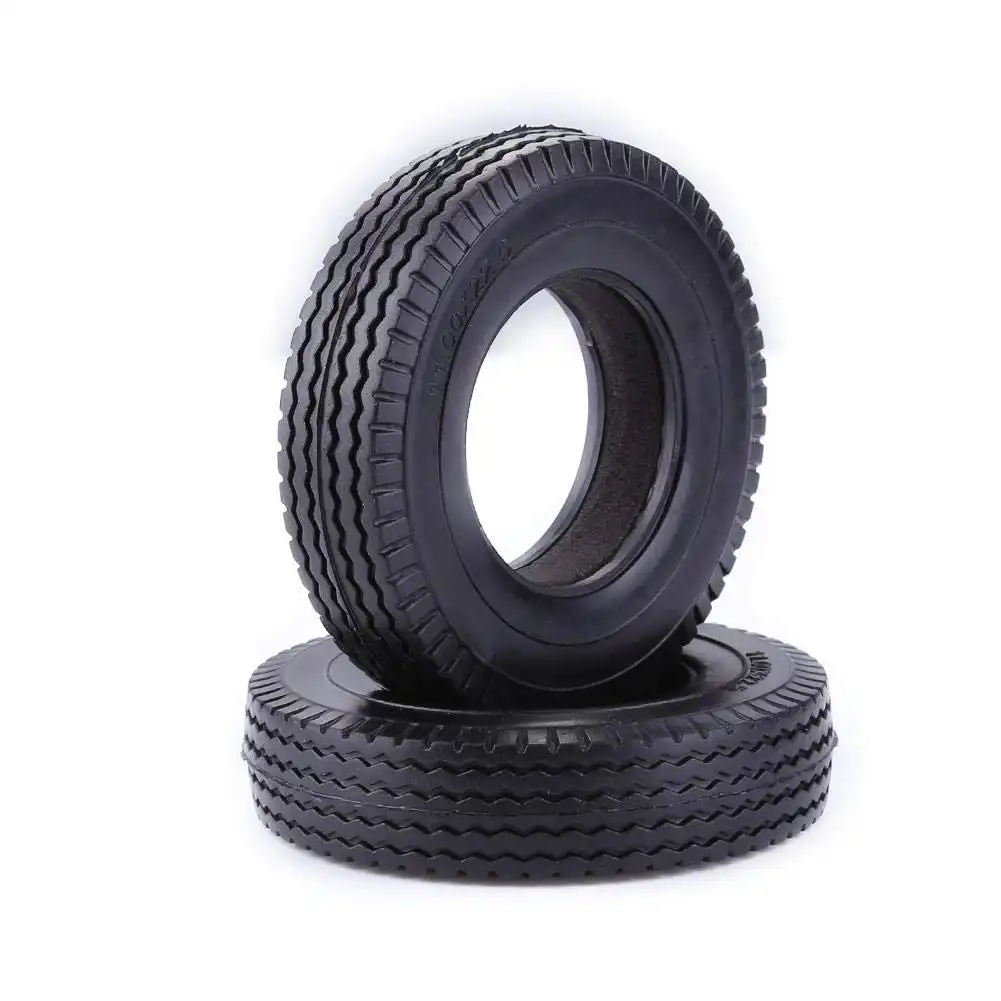Have you ever wondered why tyres are black? It seems like a simple question, but there’s actually a lot of interesting science and history behind it. Let’s explore why tyres are predominantly black in colour, what materials are used, and how these factors contribute to the performance and safety of vehicles.
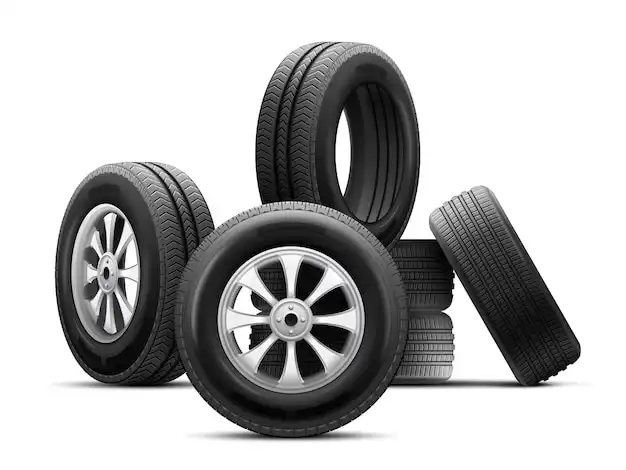
The Role of Carbon Black
The primary reason tyres are black is due to a material called carbon black. Carbon black is a fine black powder made from burning hydrocarbons in insufficient air. It’s used in the manufacturing of tyres to enhance their durability and performance.

What Does Carbon Black Do?
- Strengthens the Rubber: When added to the rubber compound, carbon black improves the strength and wear resistance of the tyres. This means that the tyres can withstand more pressure, last longer, and handle rough surfaces better. If tyres were made without carbon black, they would wear out much faster.
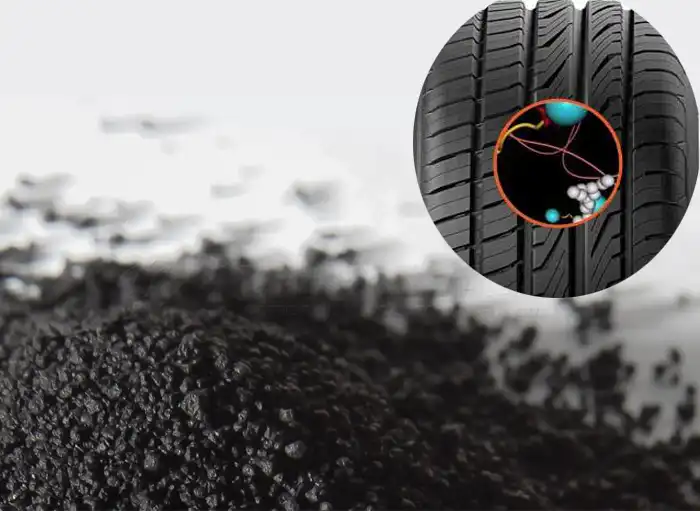
- Improves Heat Dissipation: As tyres roll, they create heat due to friction. Carbon black helps dissipate this heat more effectively. If the tyres overheated, they could become soft, lose shape, or even burst. So, having a black tyre not only looks good but also keeps the rubber at a safer temperature!
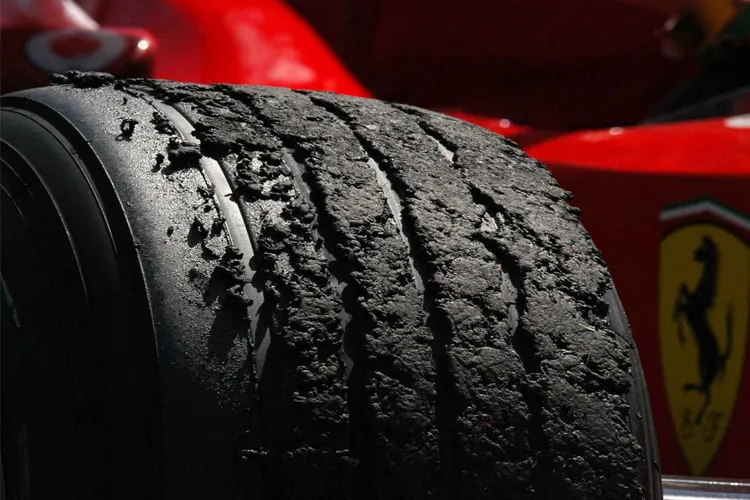
- Increases UV Resistance: Sunlight contains ultraviolet (UV) rays that can break down rubber over time. Carbon black helps protect the rubber from UV damage, prolonging the life of the tyre. This is crucial for vehicles that are often parked outside or driven in sunny climates.
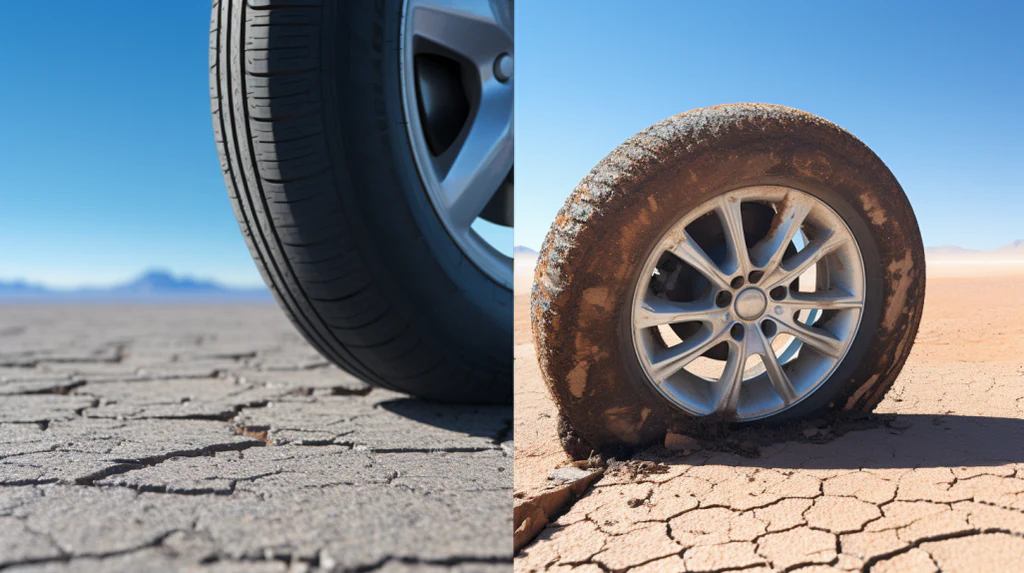
Historical Perspective
Interestingly, tyres were not always black. In the early days of motoring, tyres were often made from natural rubber, which is off-white or light brown. The first rubber tyres were created in the 1800s, but they didn’t include carbon black. As cars became more popular, manufacturers began experimenting with different materials to improve tyre performance.

The Shift to Black Tyres
The use of carbon black began in the 1900s when Charles Goodyear and other inventors started adding it to rubber to enhance durability. The black colour became the standard because of the benefits mentioned earlier. Not only did it provide strength, but it also gave a sleek and professional look to vehicles.

Other Colours and Variations
While black is the most common colour for tyres, there are coloured tyres available for special applications, such as bicycles or for decorative purposes. However, these coloured tyres often don’t perform as well as black ones. The colours can fade quickly and may not have the same level of protection against UV rays and wear.
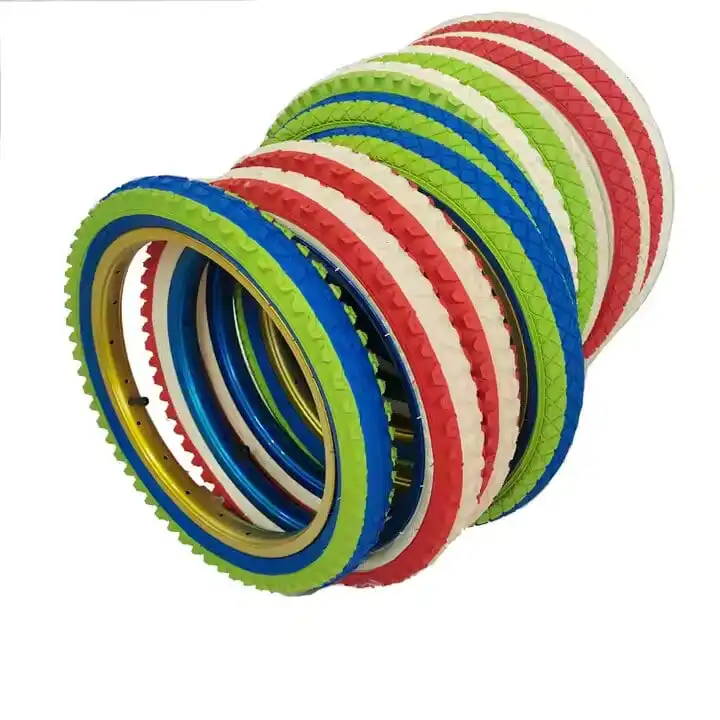
Why Aren’t Coloured Tyres Common?
- Cost: Coloured tyres are often more expensive to produce than standard black tyres. They require different materials and manufacturing processes, making them less cost-effective for everyday vehicles.

- Performance: Coloured tyres can lack some of the protective qualities of black tyres. For example, the colour additives might not provide the same level of heat dissipation or UV protection as carbon black.

- Popularity: Black tyres have become the norm, and most consumers prefer them. Since people are accustomed to seeing black tyres on cars, coloured tyres are often seen as unconventional.

Environmental Considerations
As we learn more about the environment, manufacturers are exploring sustainable options for tyre production. Some companies are researching ways to make tyres with more eco-friendly materials while still maintaining the benefits of carbon black.
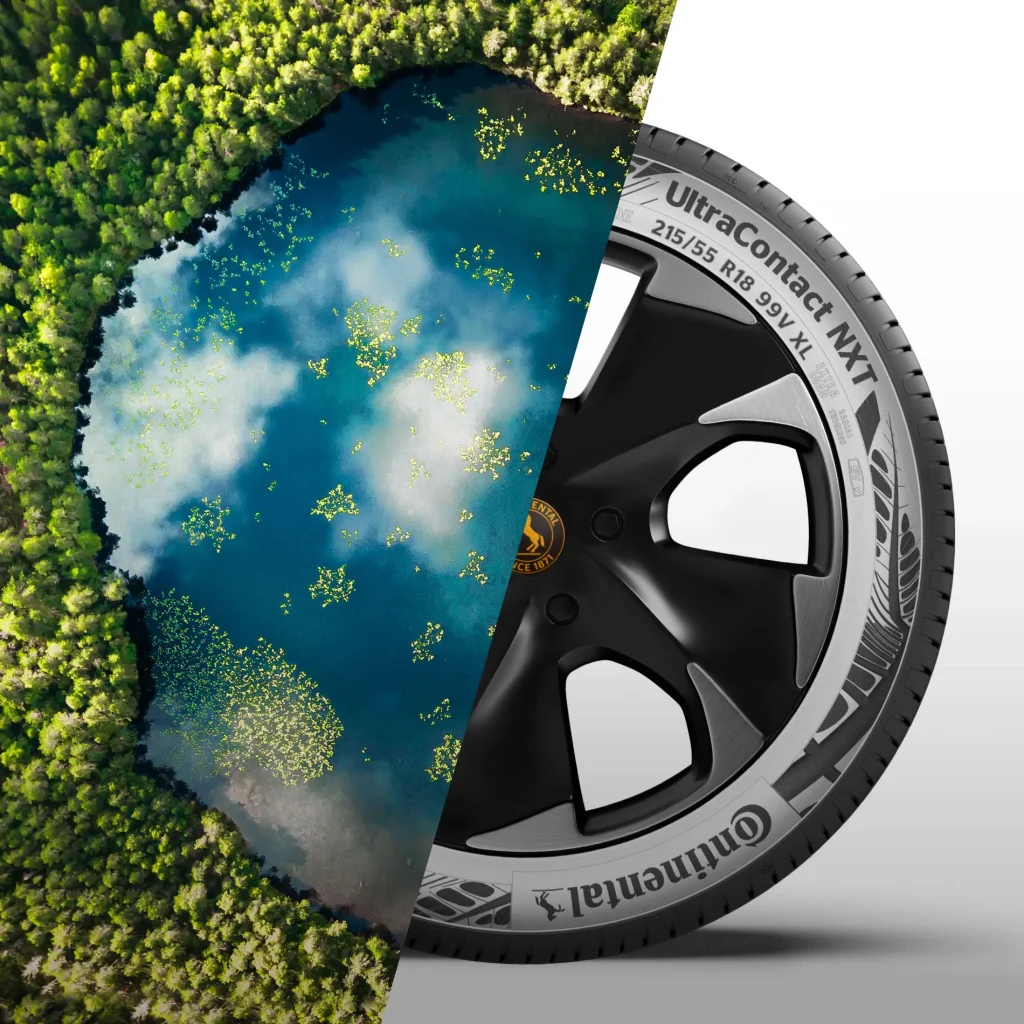
Natural Rubber and Alternatives
- Natural Rubber: Using natural rubber instead of synthetic rubber can be more environmentally friendly. However, finding a balance between performance and sustainability is still a challenge.

- Recycled Materials: Some tyre manufacturers are now using recycled materials, including reclaimed carbon black. This helps reduce waste and can lower the carbon footprint of tyre production.

- Bio-based Materials: Research is being conducted into using bio-based materials that can offer similar benefits to carbon black while being more sustainable.

The Future of Tyres
The future of tyre technology looks promising! Innovations such as self-inflating tyres, smart tyres that can monitor performance, and even airless tyres are on the horizon. However, black tyres are likely to remain the standard due to their proven performance.

Conclusion: So, next time you see a black tyre, you’ll know that it’s not just a matter of colour. It’s about strength, safety, and performance. The use of carbon black is vital for making tyres that can handle the wear and tear of the road while protecting them from the sun and heat. As we move forward, we can look forward to new developments in tyre technology, but for now, black tyres continue to be the best choice for vehicles.
For more interesting articles, please visit www.kidzherald.com

